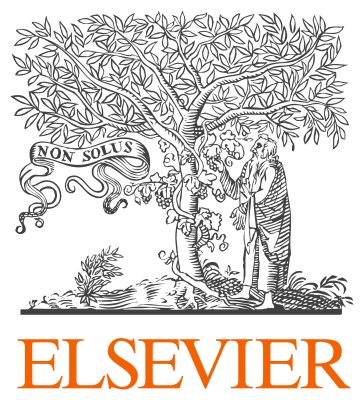
WELCOME
The 1st IEEE GLOBECOM Workshop on Software Defined Networking for 5G Architecture in Smart Communities will be held in Abu Dhabi, UAE on December 13, 2018 in conjunction with IEEE Globecom 2018.
Earlier the cellular mobile communications technologies were designed in context of providing voice services and Internet access. However, nowadays, a new era of innovative tools and technologies is inclined towards developing a new pool of applications. This pool of applications consists of different domains such as Internet of Things (IoT), web of connected autonomous vehicles, remotely controlled robots, heterogeneous sensor connected to serve versatile applications. Moreover, many new research paradigms such as self-driven cars, electric vehicle-as-a-service are expected to join this pool of innovative paradigms and technologies. One of the biggest challenge in front of these applications in that they rely on the communication infrastructure to a great extent. The need of higher data rates, lower latency and reliable services for these smart and connected applications make it necessary to rely on heterogeneous network architecture and infrastructure. In this direction, future 5G networks are expected to provide a relief for such smart communities. However, the future 5G networks need to be more flexible and adaptable in contrast to its predecessors in order to cope with the heterogeneous needs of the ubiquitous applications and services.
Furthermore, the network densification caused due to an exponential increase in the mobile data traffic can lead to an increase in the volume of heterogeneous data transmitted between geolocated devices. This may further lead to network traffic disruptions and poor quality of service which in turn ends up in undesired quality of experience. Moreover, the inability of network backbone to carry the enormous volume of data traffic creates hurdles in front of 5G networks in terms of energy-efficiency and cost-efficiency. Therefore, to handle these challenges, the future wireless systems need to transform its current approach towards a much more adaptable and autonomous approach in terms of how they networked, organized, configured, optimized, and recovered according to the operational requirements. The utmost focus of all the applications based on IoT, edge/fog computing and cyber-physical systems (CPS) is to create a web of people, data, processes and things under a common umbrella to fulfil their routine and daily requirements. Therefore, a scalable, programmable and customized network technology is the foremost requirement of the current scenario in smart communities. The emergence of software-defined networking (SDN), network function virtualization (NFV) and other adaptive services and applications are gaining the much-required attention of industry, research community and academia. SDN can provide automatic configuration of network policies as per the varying requirements of the smart devices and their associated systems, services and parameters due to the change in user’s requirements.
With 5G network going to be the backbone of IoT, Edge/fog and CPS environment, there is a great scope of exploiting the capabilities of SDN and NFV to support and expand the coverage area, reduce the latency and improve the data rates. Novel radio technologies and additional radio spectrum can be beneficial, but may not be sufficient to cope with the growing demands in term of flexibility, energy-efficiency and cost-efficiency. Therefore, it becomes essential to amalgamate SDN and NFV in a novel end-to-end architecture concept. This novel end-to-end architecture must support the much required programmable, software driven and customized network platform to improvise a diverse range of services in an effective manner. However, on this path, several challenges need to be addressed to provide resilient connections and services related to various smart communities that are supported by the massive number of resource-constrained IoT and edge devices. due to several unique features of emerging applications, such as low latency, low cost, low energy consumption, resilient and reliable connections, traditional communication protocols and techniques are not suitable.
Addressing the need for a flexible network architecture that adapts to the diverse requirement of 5G networks in smart communities, this workshop aims to serve as a platform for researchers from academia and industries, to promote the design and development of new ideas, tools and technologies related to SDN:5G amalgamation.


















.png%3Fitok=UcTlxbOp)



